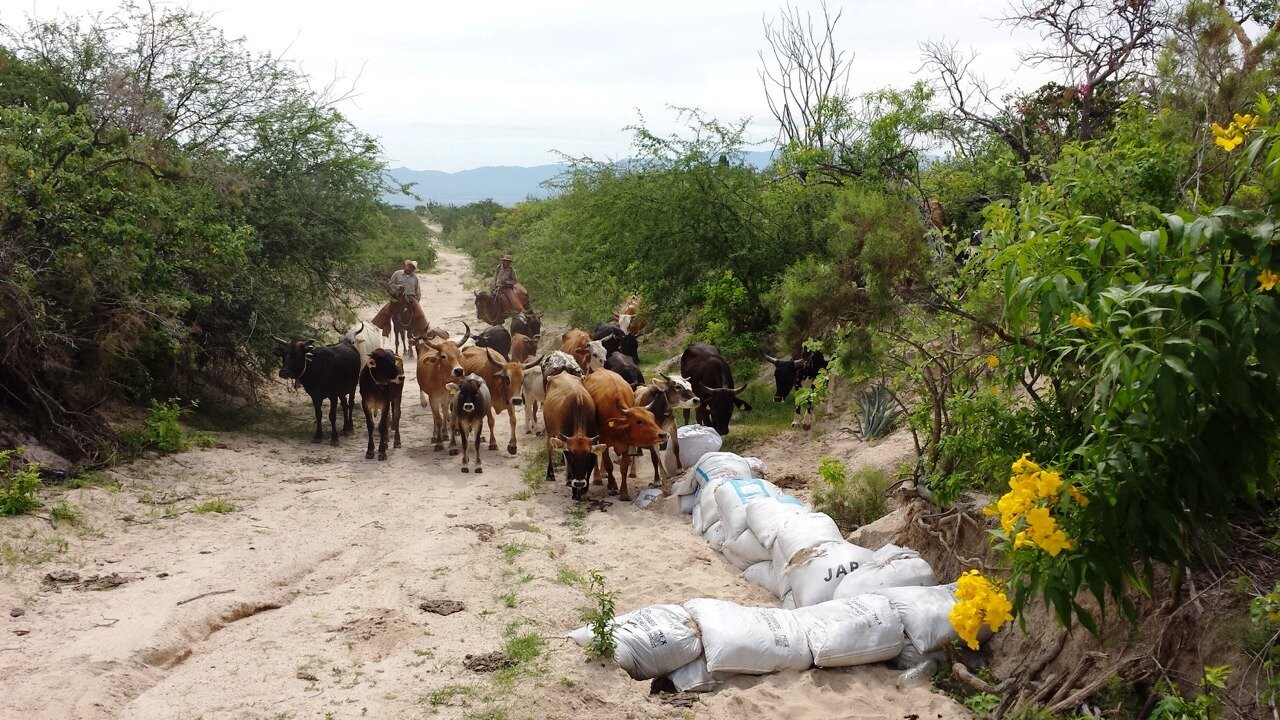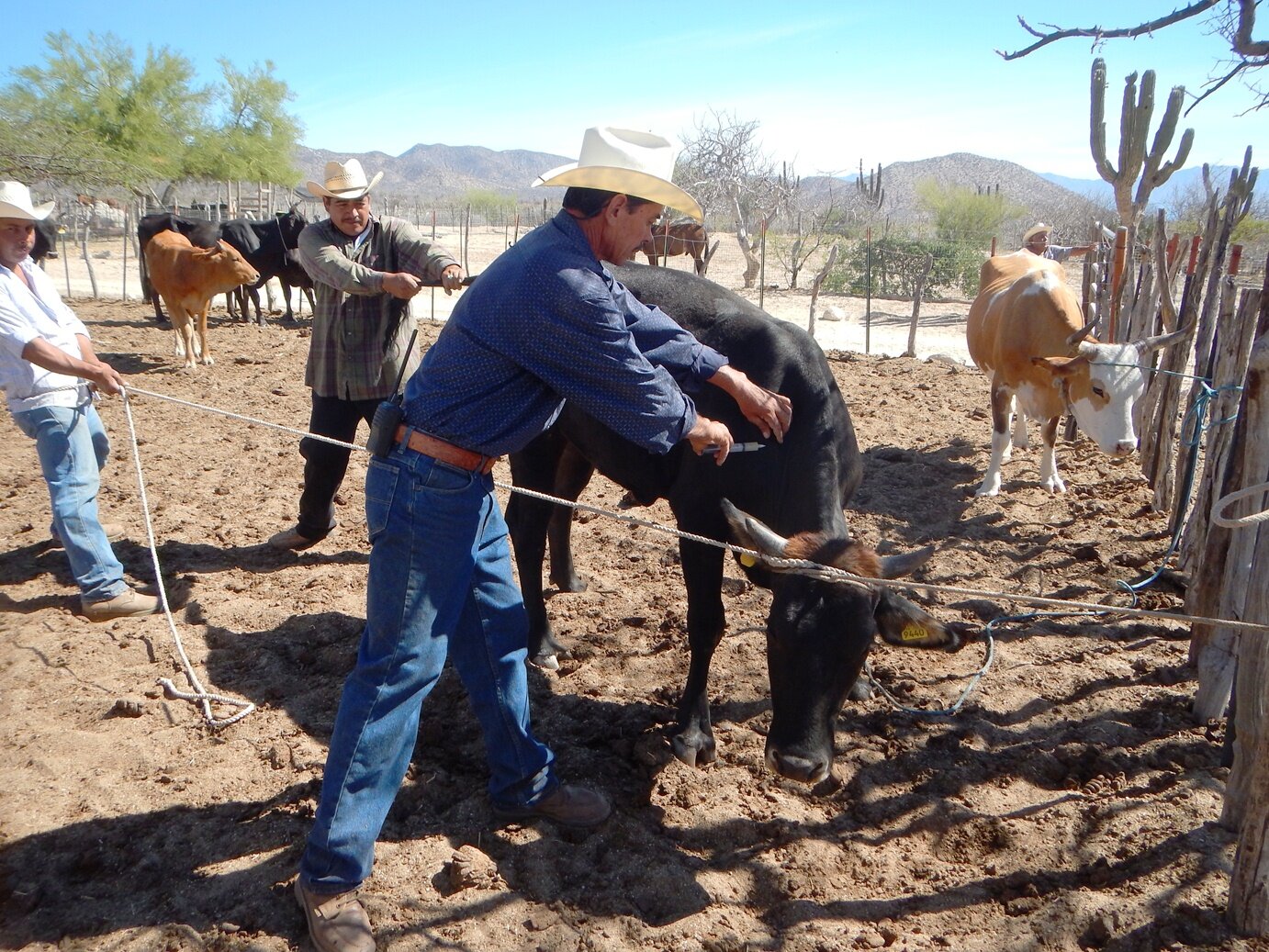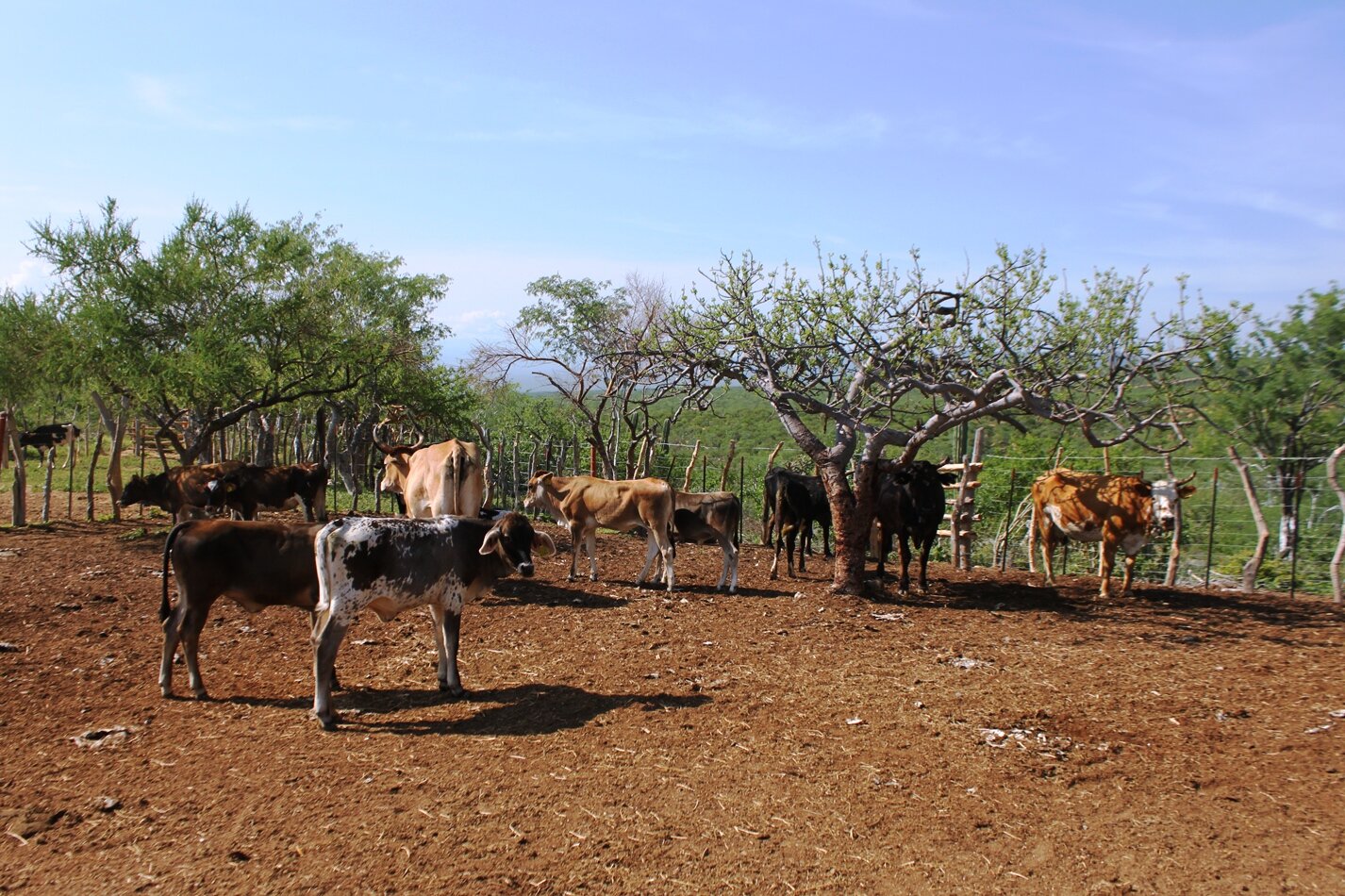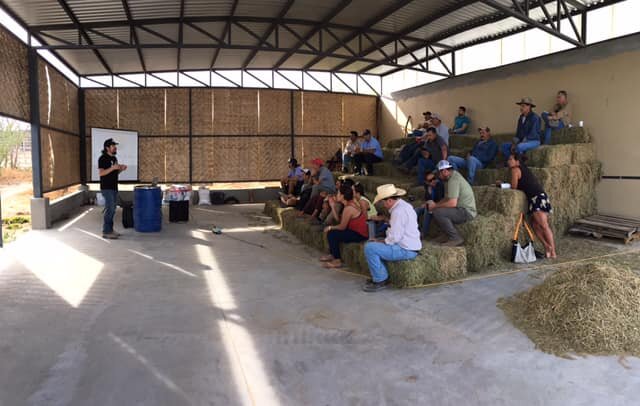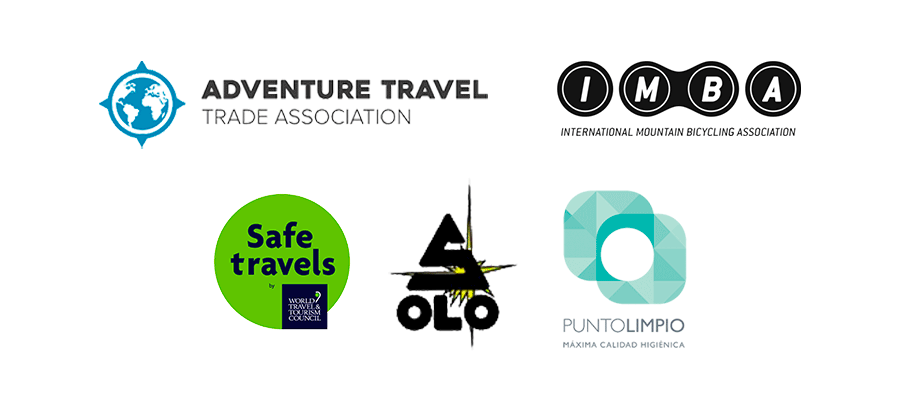The Rancho Cacachilas Holistic Livestock Management Program
Working with local cowboys, we aim to implement responsible, long-term, productive ranching practices. With guidance from Savory Institute accredited expert Ivan Aguirre from Rancho La Inmaculada, we have developed a strategic plan for Rancho Cacachilas to improve the productivity of our lands. Planned livestock grazing, as opposed to traditional free grazing, is a key element of this holistic management model. With the help of our animals, we work towards improving the efficiency of soil nutrient cycles and water retention processes.
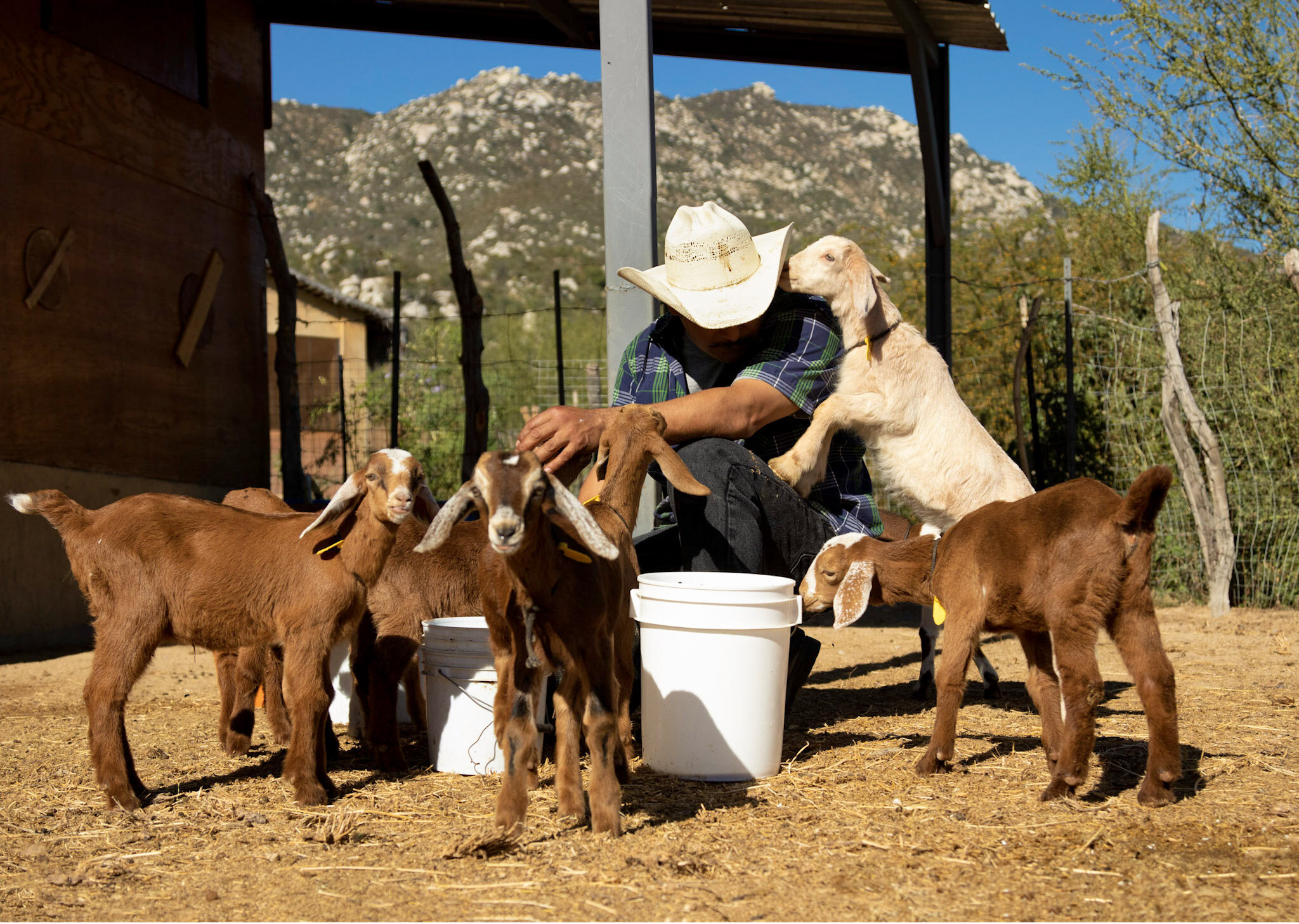
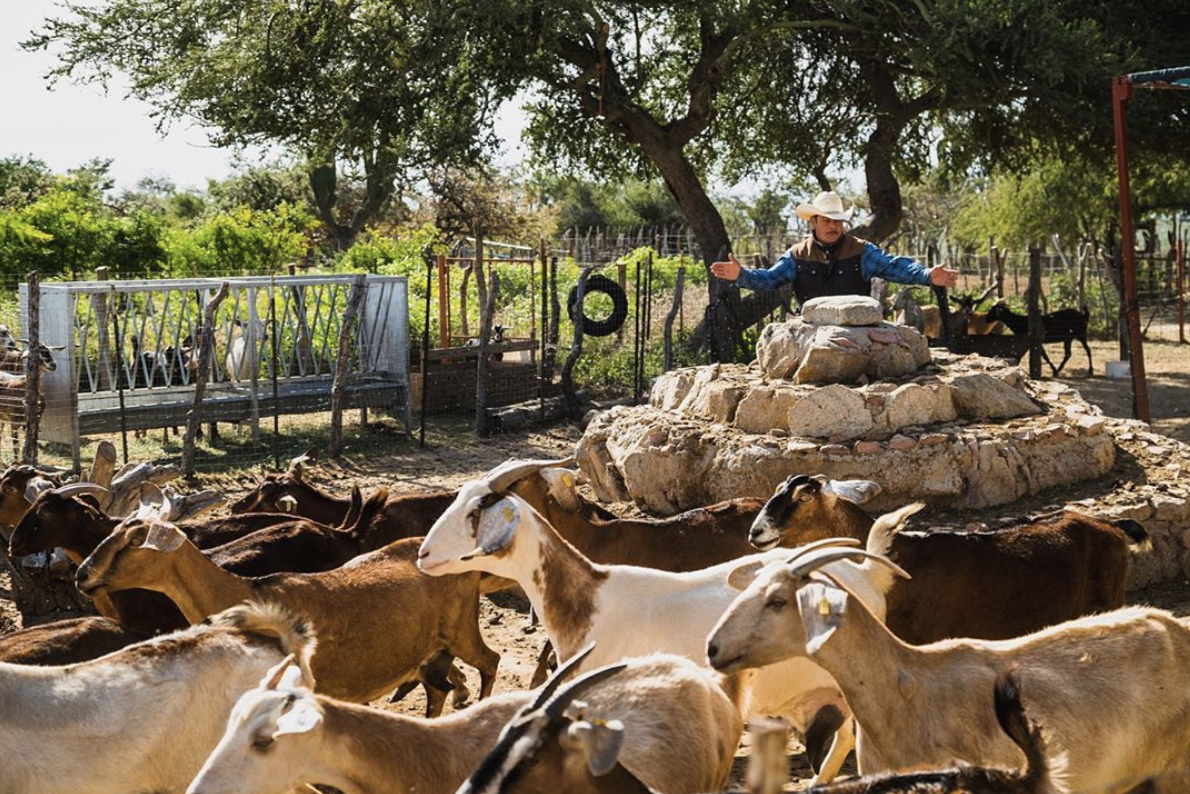
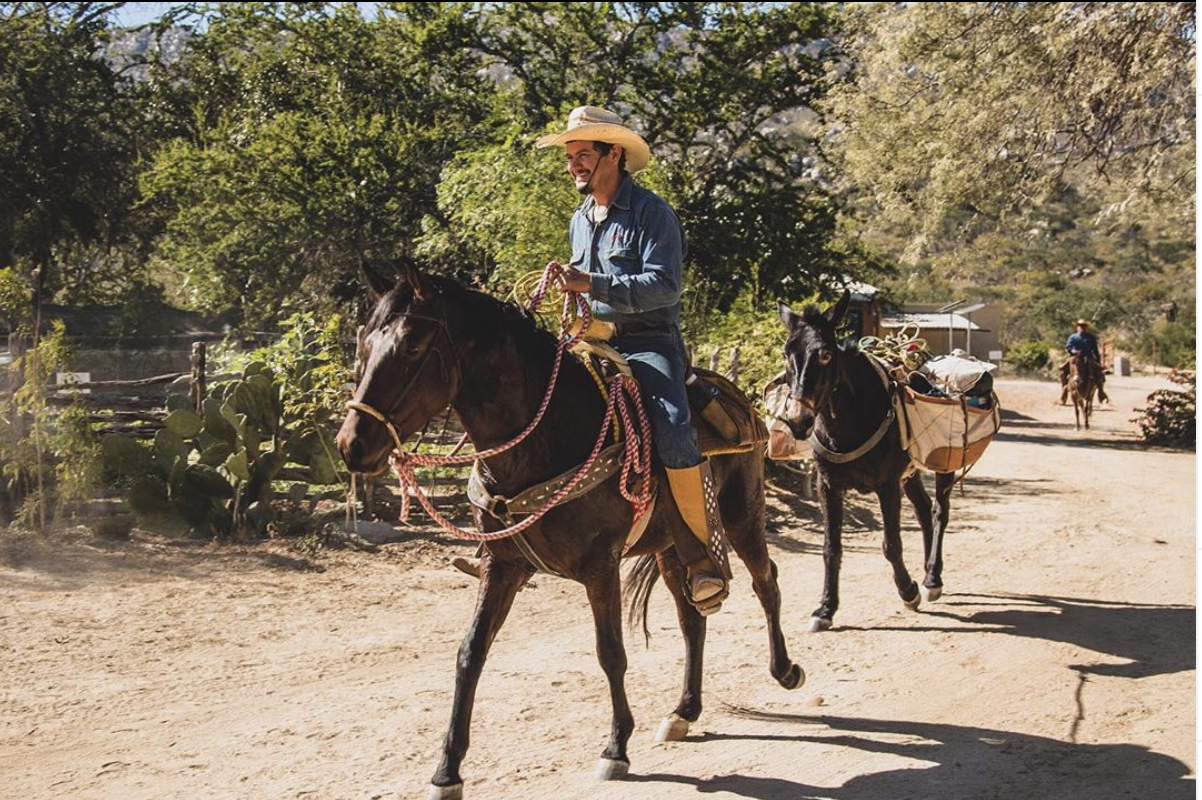
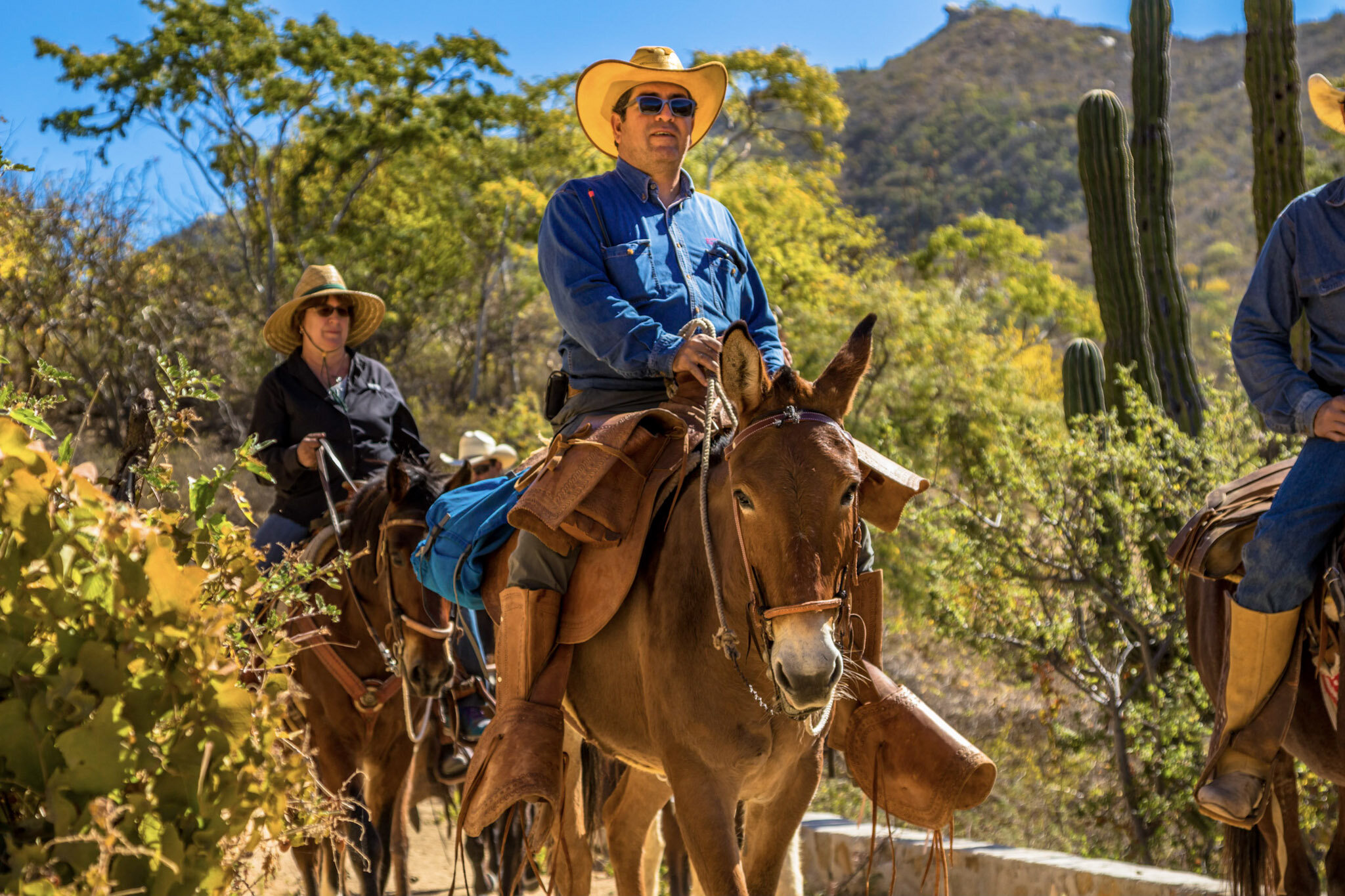
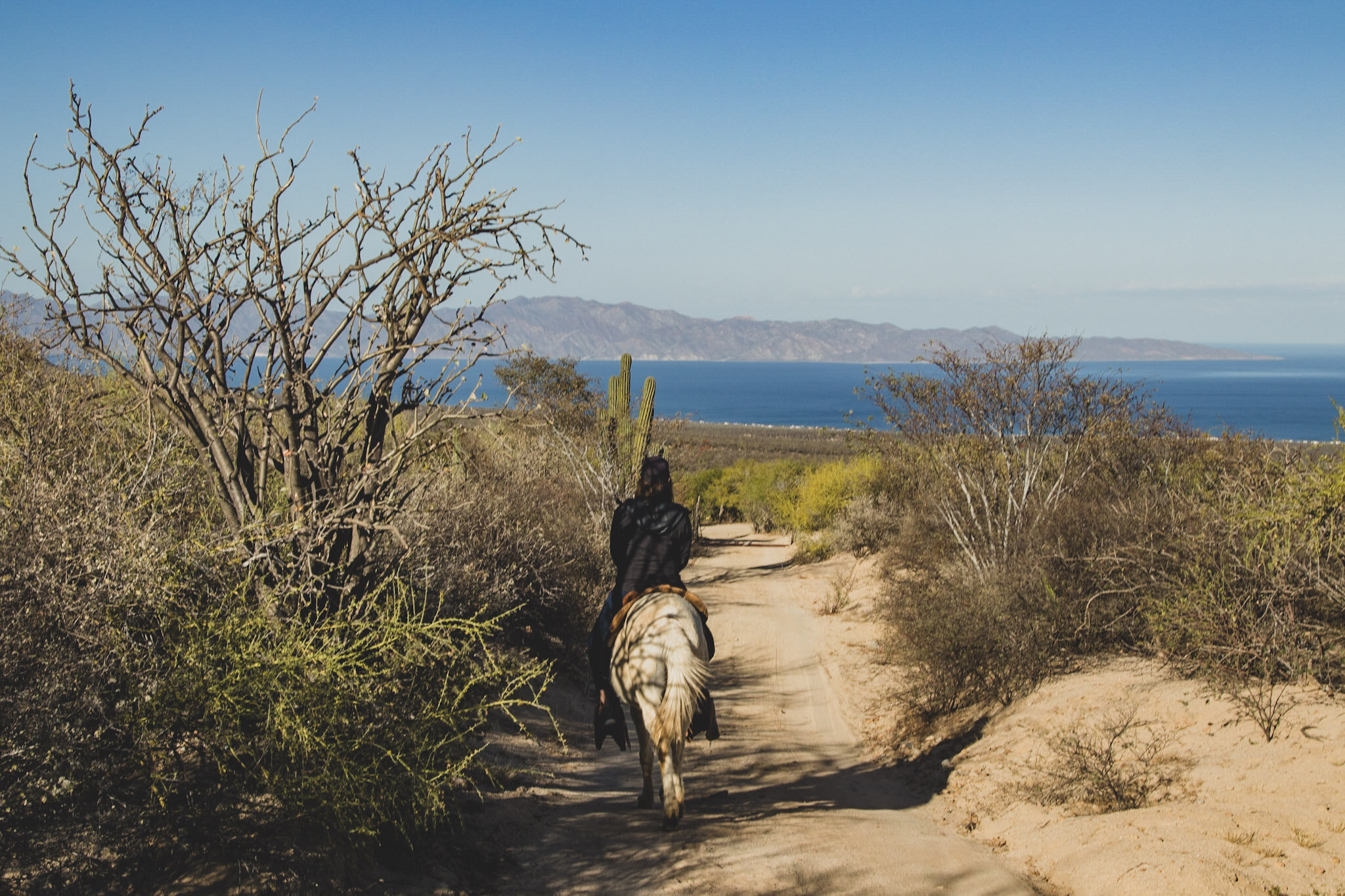

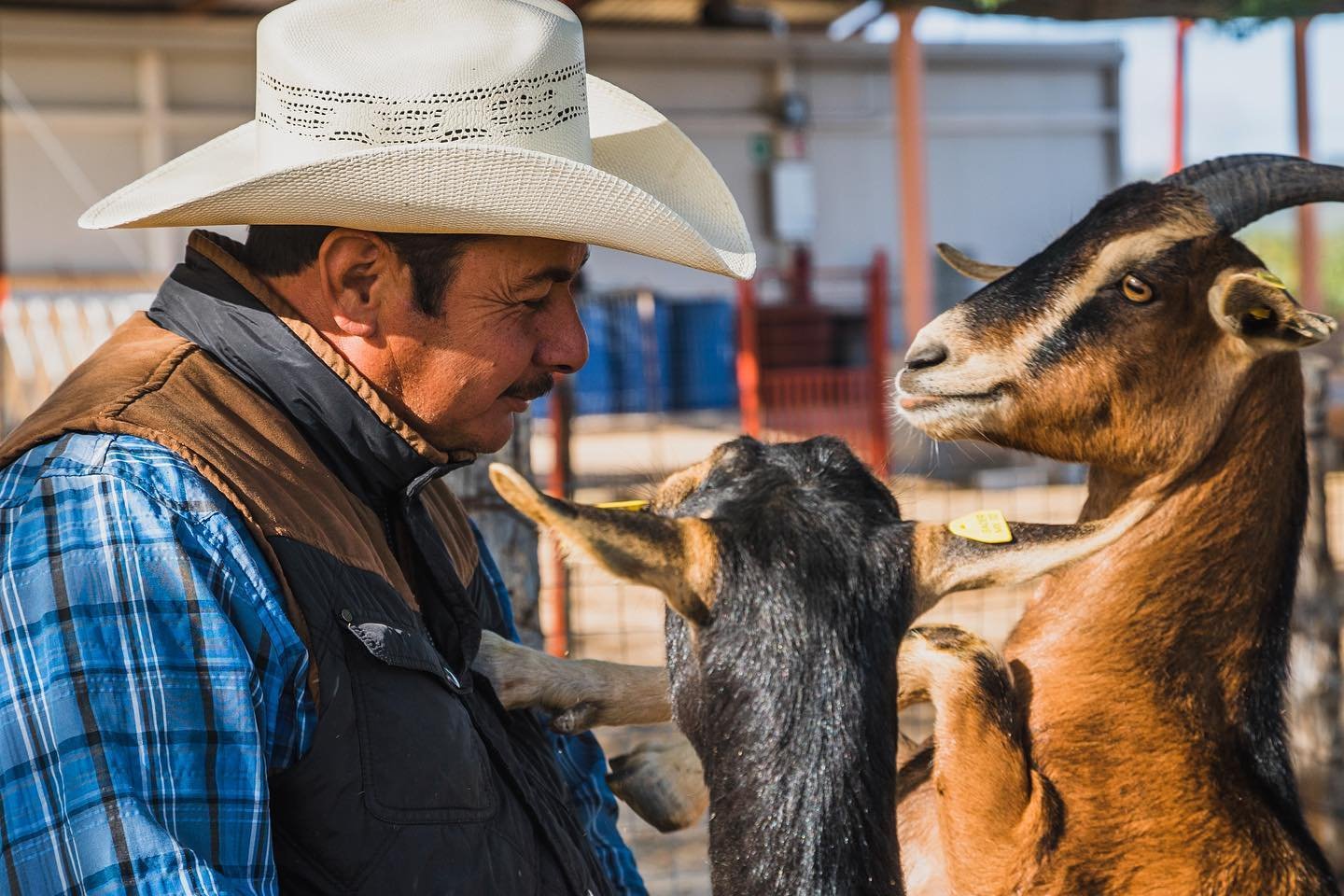
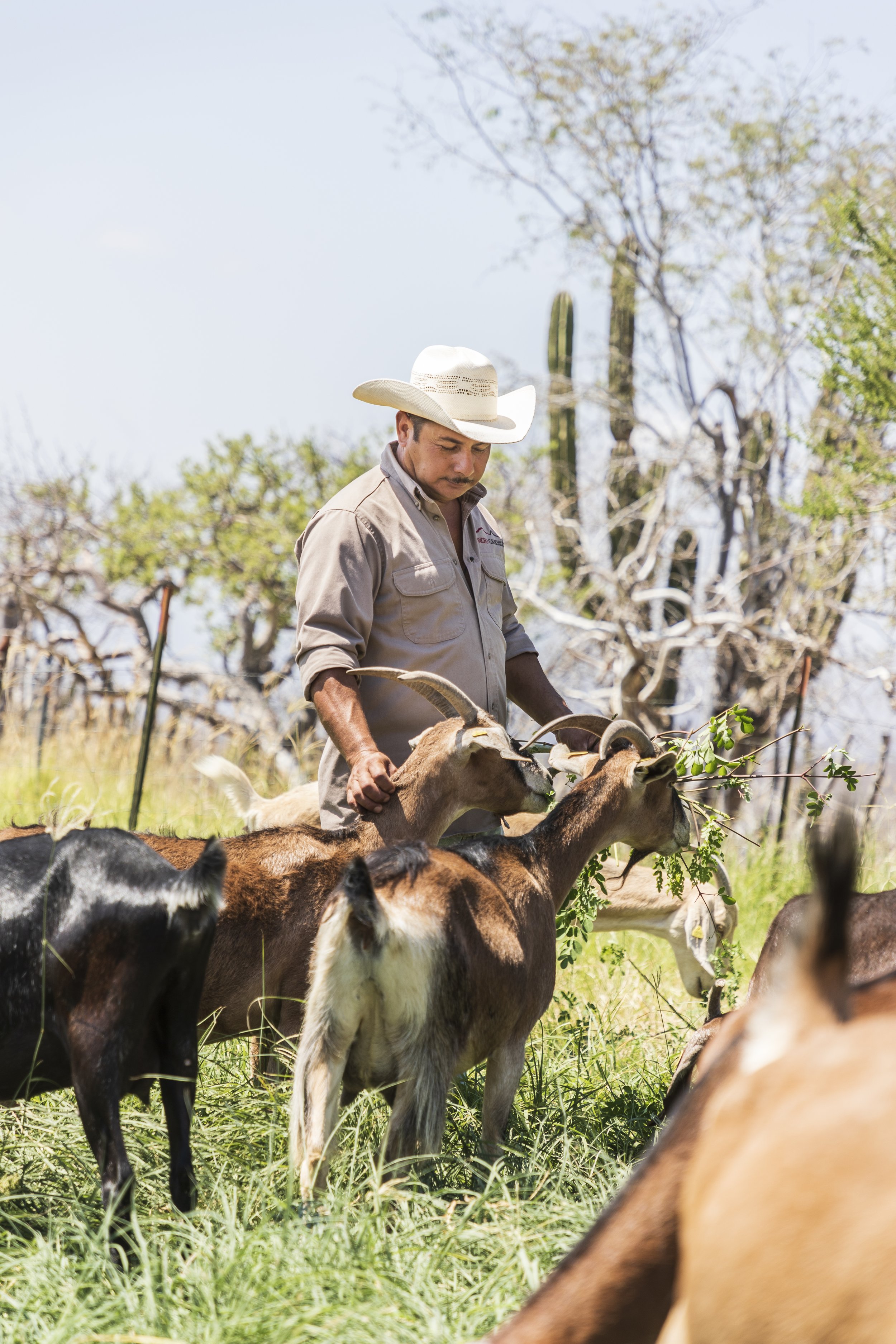
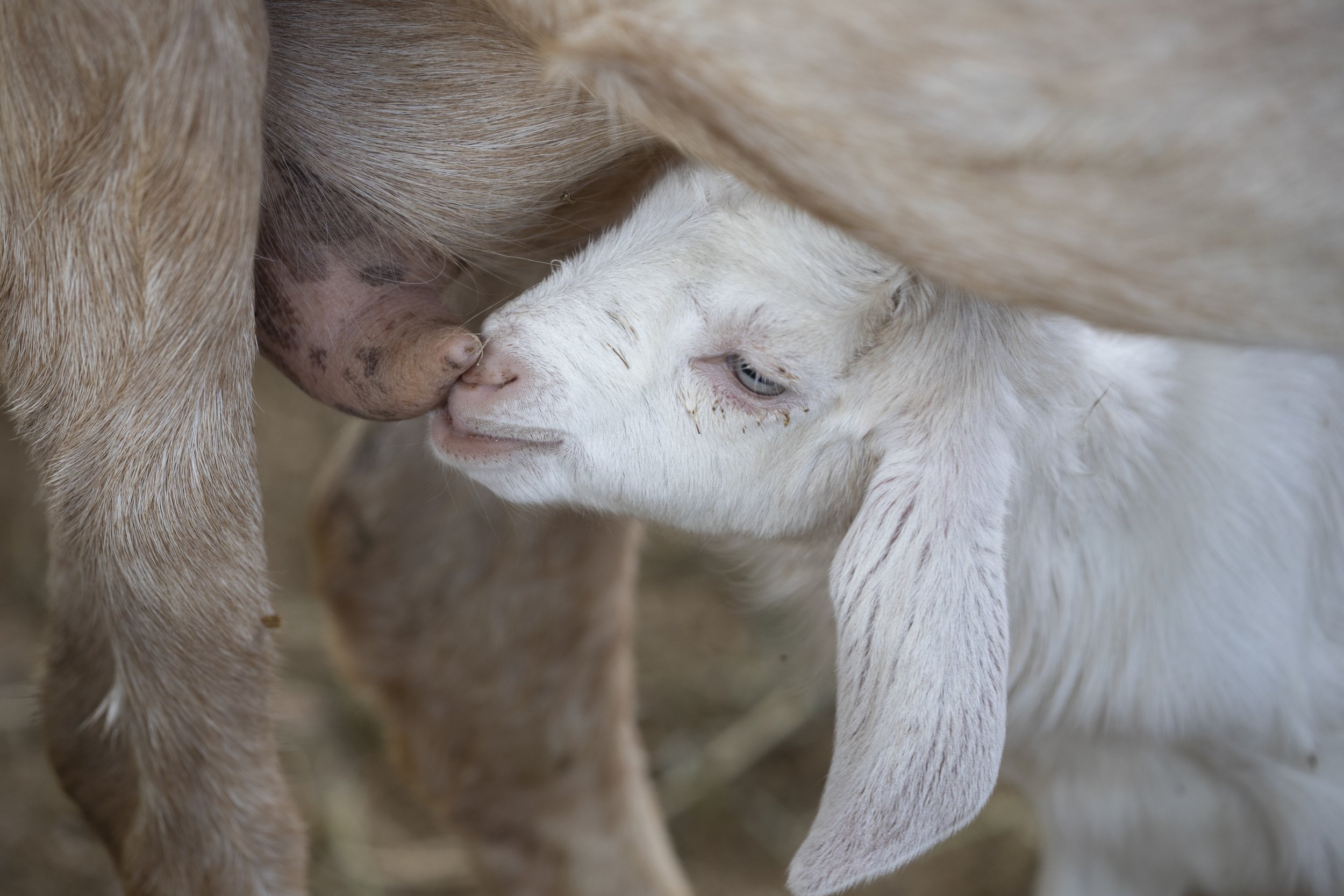
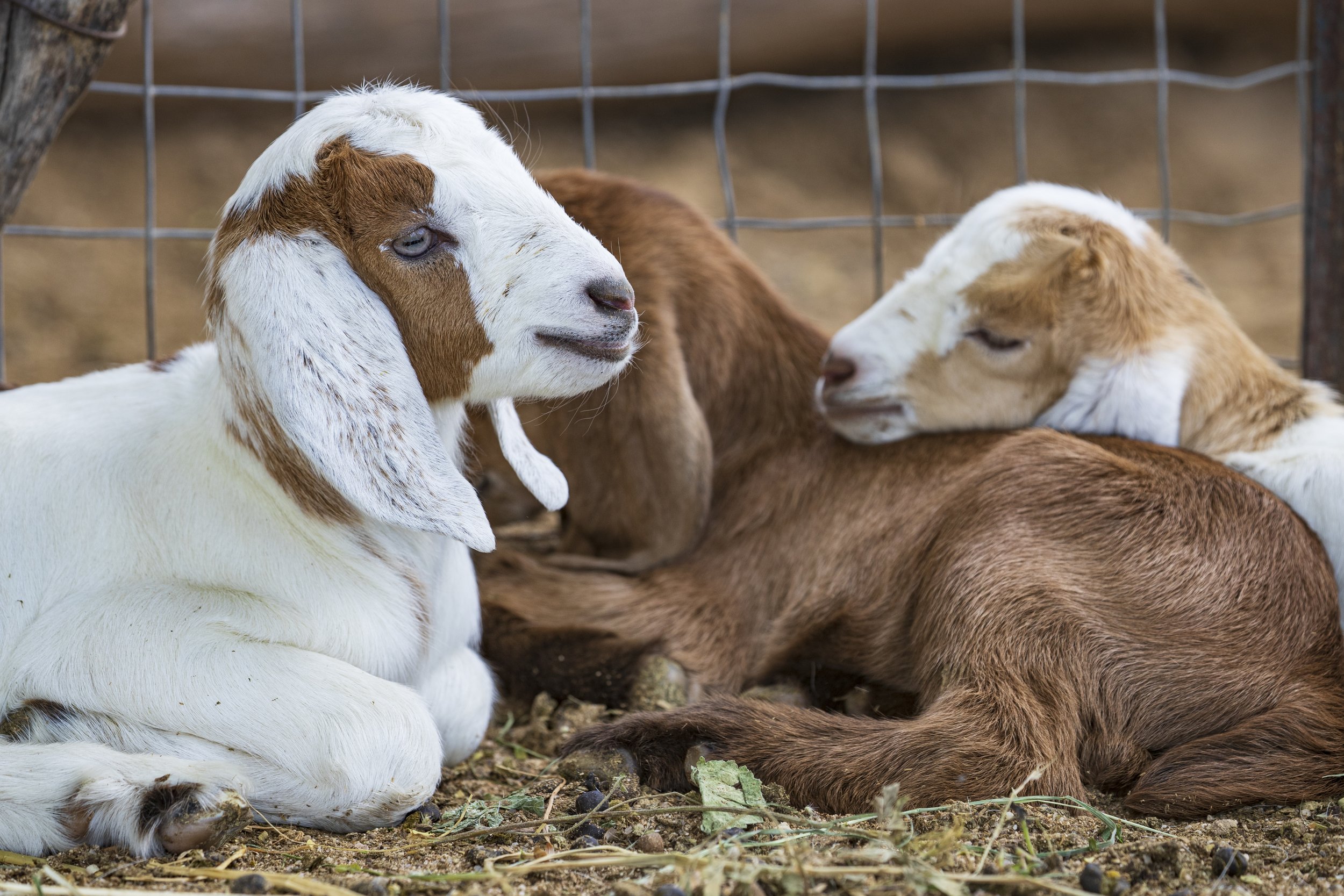
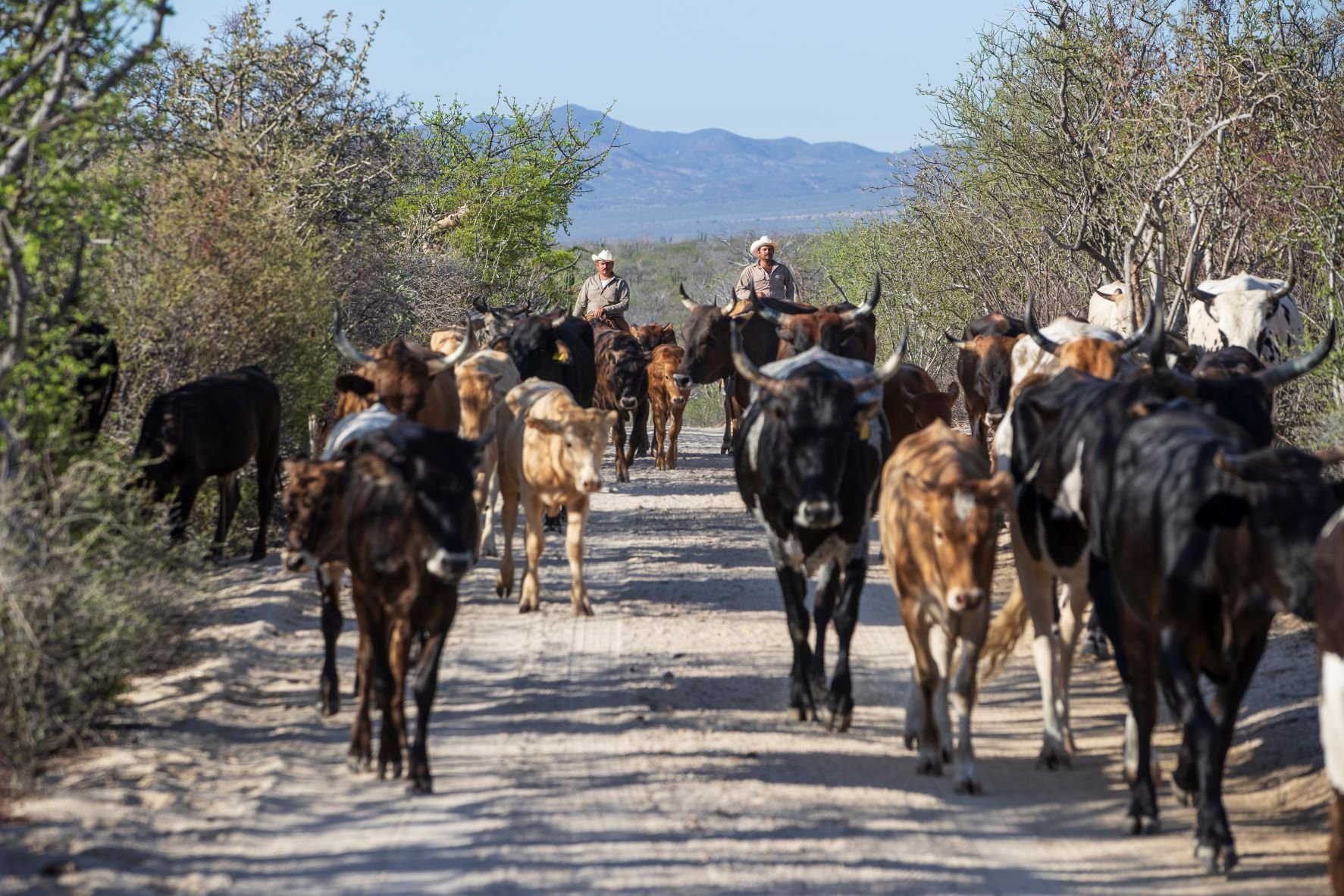
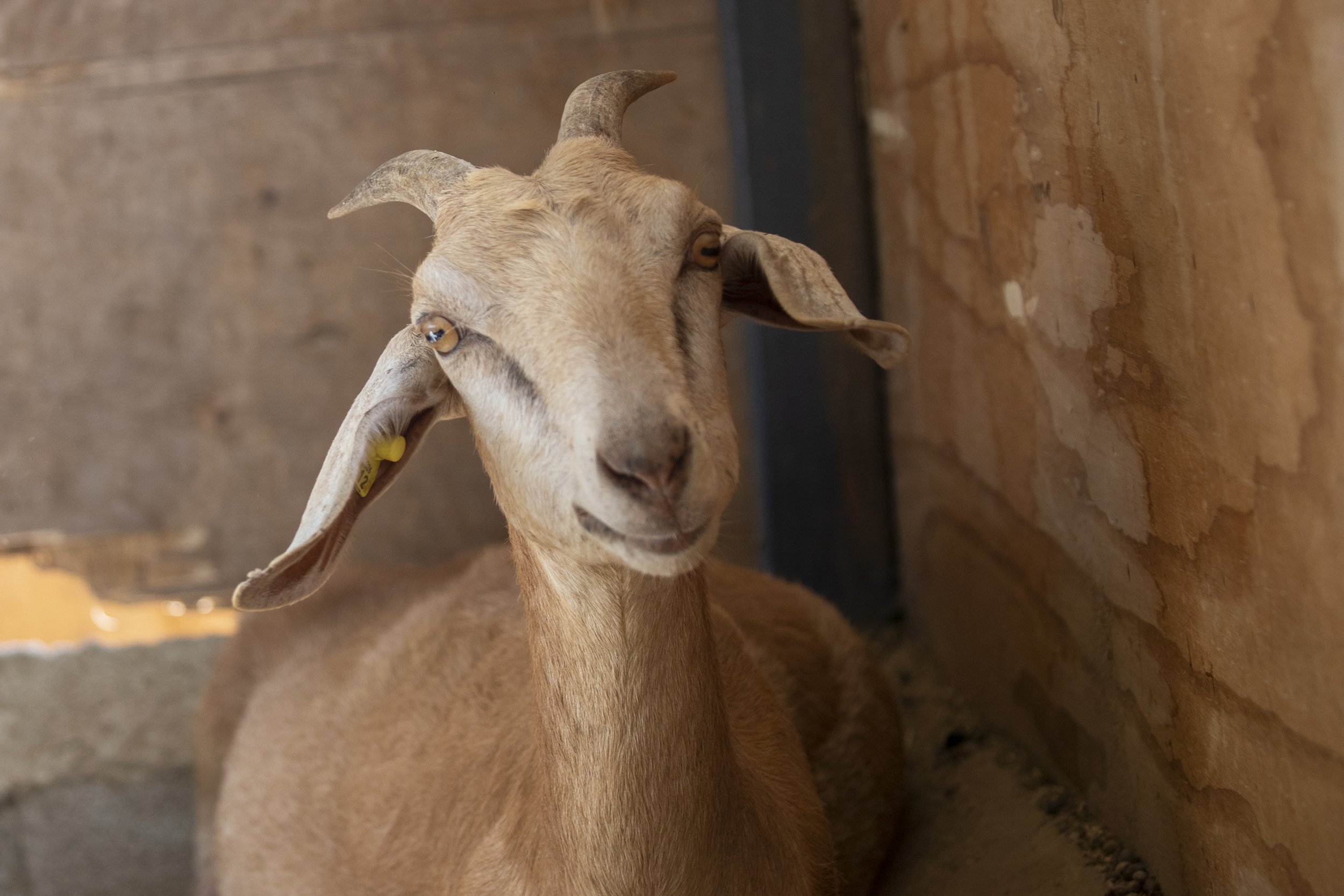

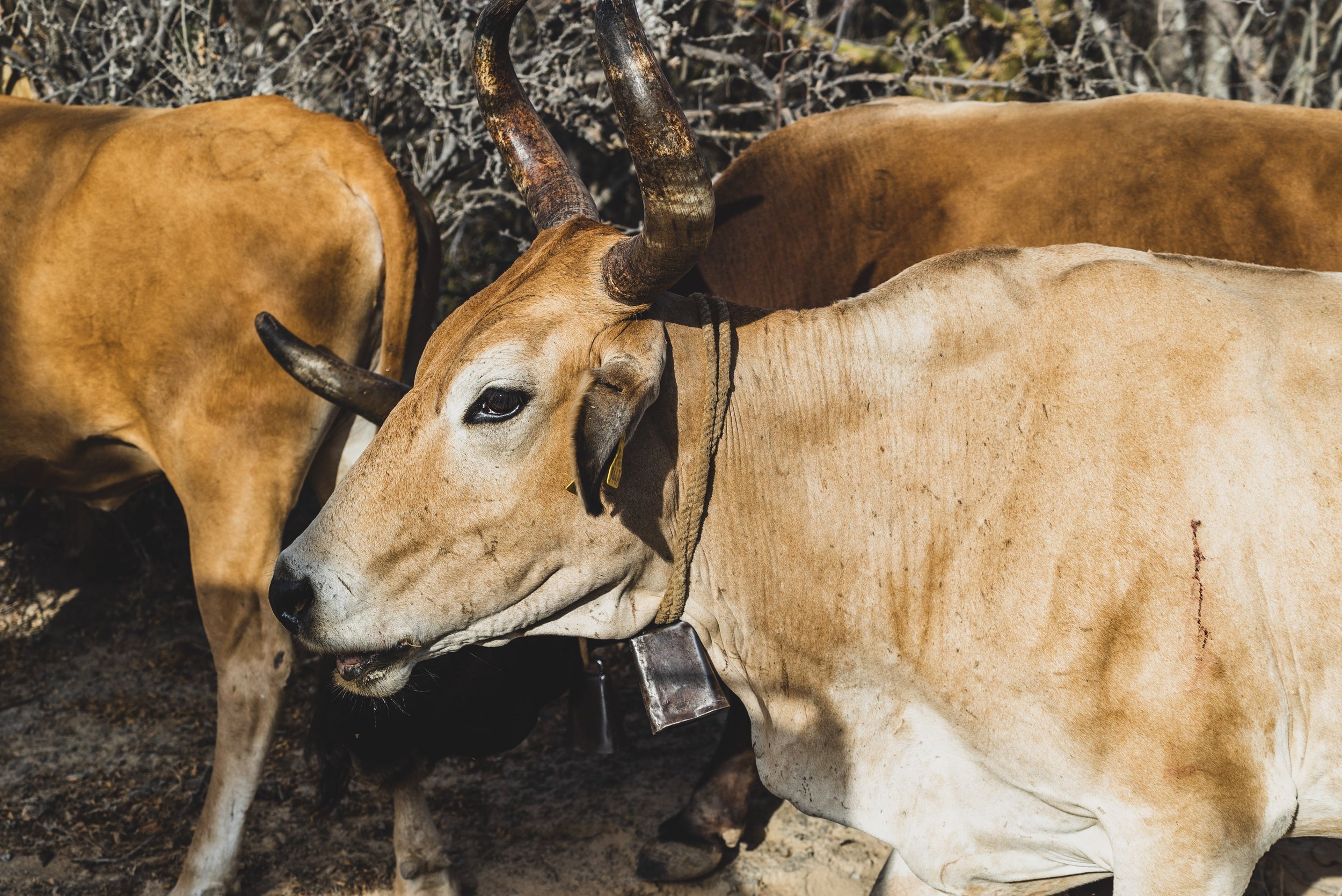
The Core Principles of Holistic LIvestock Management Are:
1. Nature works in wholes: Any action made in a site will have an echo on the whole in nature.
2. Environment is classified in a brittleness scale: the brittleness of an environment depends of the distribution of humidity throughout the year and its decomposition rate.
3. The role of large herbivores in soil health: The combination of their waste (dung, saliva, urine) and the effect of their hoofs fertilize and plow the land accelerating decomposition processes.
4. Degradation of ecosystem is not due to the number of animals but the time they remain on it: If animals stay during long periods of time in one site they start overgrazing and compacting the soil. The resting time of a site is key to its conservation.
Learn more about the benefits of Holistic Management as outlined by Holistic Management International.
Goat Grazing at Rancho Cacachilas
Our goats graze free in the sierra always accompanied by Mickey (our head goat and ranch master). This way they get to choose nutrition forage they can find in the sierra such as moringa, a superfood that helps them produce nutricious and rich milk.
Additionally, we keep a herd of dairy goats to produce artisanal cheeses. Hand-milking our own goats, we create traditional fresh cheeses of the region as well as our European-style cheeses with a Baja twist. We also raise chickens for eggs and to carry out important roles within our permaculture systems.
Sustainable cattle Reintroduction program
In December 2014, we began grazing 42 head of cattle on our ranches. We started the program by using portable enclosures to move the cattle from one location to another, which allowed us to cover large areas while also giving the land time to recover. In 2019, we made a change from the portable enclosures and installed fencing that enabled the cattle to graze 24 hours a day instead of around 10-12 as before. This enables them to maintain an even healthier body condition, while still preserving the land.
We also have a program to reintroduce Criollo cattle to the region. Prized for its ability to thrive in desert conditions, Criollo is the oldest known cattle breed in the Americas and was originally brought to this continent by Christopher Columbus in the 1400's.
In February 2020 the ranch started a crossbreeding program of Akaushi (Red Wagyu) cattle with Criollo to measure its benefits; mainly calve growth, calving ease and meat quality. The main idea of the crossbreeding program is to obtain higher incomes from local meat. 22 cows where inseminated which 21 got pregnant, very high success for an insemination.
Sharing Holistic Livestock Management Practices with our Community
Our main objective is to be an example in the region where people can come and learn from the ranch and start implementing Holistic Management on their land. Provide land managers with the key knowledge, methodologies and tools necessary to address the root causes of environmental deterioration and solve its problems
To improve productivity throughout the region, we implement programs to share what we learn with other ranches. We hope that by understanding the interactions among plants, animals, soil and water, and by reevaluating grazing methods, all of us can manage livestock in a way that enriches the soil, fosters biodiversity and reduces soil erosion.
Master's Research - biologist Florent Jacques Francois Gomis
In 2015, biologist Florent Jacques Francois Gomis, from CIBNOR (Center for Biological Research of the Northwest in La Paz), conducted his Master’s research project on the livestock management and grazing program at Rancho Cacachilas. Under the supervision of Dr. Sergio Alvarez Cárdenas, Florent completed his thesis in June 2016 and received a Master of Science in the Usage, Management and Preservation of Natural Resources, with an orientation toward the Ecology of Arid Zones.
In July 2016, Florent attended a ten-day permaculture course in Tecate, B.C. Since then, we are fortunate to have him working with us on many projects across all our ranches, including preparation of crop production for our tourism programs.
Since January 2019, Florent is now the head of the Holistic Livestock Management program at the Ranch.
Note: on page ii of the PDF is a one-page summary of Florent's thesis in English.
Additional Resources
We encourage you to watch the entertaining 23-minute film below, which portrays the historic importance of cowboy traditions and Baja California's final frontier.
Corazón Vaquero: The Heart of the Cowboy (2013)


